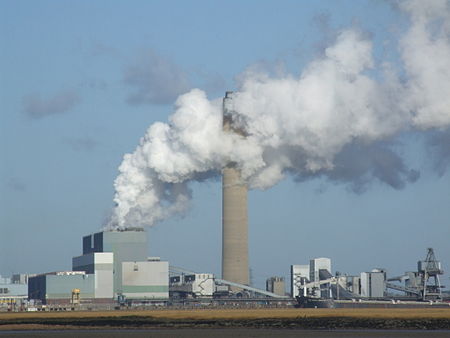Kingsnorth (Medway)
Kent geography stubsMedway

Kingsnorth is a place in Kent, England, on the south side of the Hoo Peninsula. It is distinct from the village of Kingsnorth, also in Kent, near Ashford. The nearest village is Hoo St Werburgh and the nearest town Rochester, Kent. Kingsnorth is the location of the recently decommissioned Kingsnorth power station. It was the location of an airship base, RNAS Kingsnorth, during the First World War.
Excerpt from the Wikipedia article Kingsnorth (Medway) (License: CC BY-SA 3.0, Authors, Images).Kingsnorth (Medway)
Jacobs Lane,
Geographical coordinates (GPS) Address Nearby Places Show on map
Geographical coordinates (GPS)
| Latitude | Longitude |
|---|---|
| N 51.422777777778 ° | E 0.59472222222222 ° |
Address
Jacobs Lane
Jacobs Lane
ME3 9NQ , Hoo St. Werburgh
England, United Kingdom
Open on Google Maps










